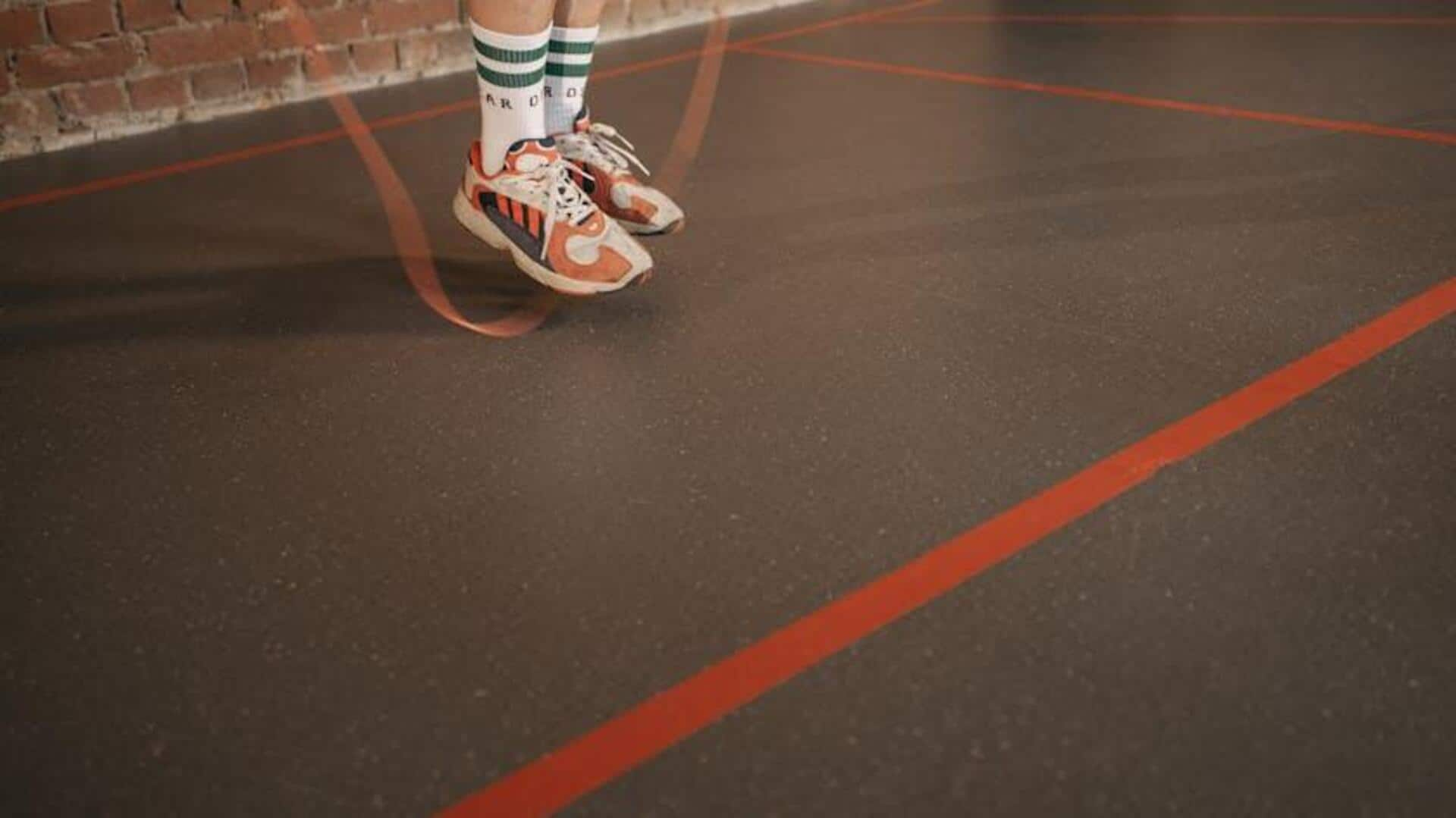
Rowing v/s skipping: Which is better for muscle strength?
What's the story
While rowing and skipping are two of the most popular exercises for cardiovascular benefits, they are also extremely effective in muscle strengthening. Both engage multiple muscle groups and provide unique benefits. Knowing the difference between rowing and skipping can help you choose the best exercise for your muscle-strengthening goals. Here, we explore various aspects of these exercises to understand how each can help build strength.
#1
Rowing: Full-body engagement
Rowing is known for working nearly every major muscle group in the body. The pulling action targets the back, shoulders, and arms while also working the core muscles. Not to mention, the leg drive in rowing engages quadriceps, hamstrings, and calves. This all-round engagement makes rowing a great full-body workout that can improve overall muscle strength when practiced regularly.
#2
Skipping: Focus on lower body
Skipping mainly targets lower body muscles including calves, quadriceps, and hamstrings. The repetitive jumping motion builds endurance and strength in these areas over time. Although it may not engage as many upper body muscles as rowing does, skipping still provides a solid workout for anyone wanting to strengthen their legs and improve cardiovascular fitness at the same time.
#3
Caloric burn comparison
Both rowing and skipping are great calorie-burning exercises that help you manage your weight along with strengthening your muscles. On an average, a person can burn some 400 calories an hour while rowing at a normal pace. Skipping can burn around 600 calories an hour (depending on intensity levels). This caloric expenditure helps indirectly with muscle definition (reducing excess fat).
Tip 1
Equipment considerations
When selecting rowing or skipping for muscle strengthening, equipment availability is an important factor to consider. Rowing requires a machine or watercraft, which may not be feasible for everyone due to cost or space constraints. However, it offers structured resistance training opportunities with adjustable settings tailored towards individual needs. All you need is a jump rope, hence it's a more accessible option without any added expense beyond buying one initially if required.